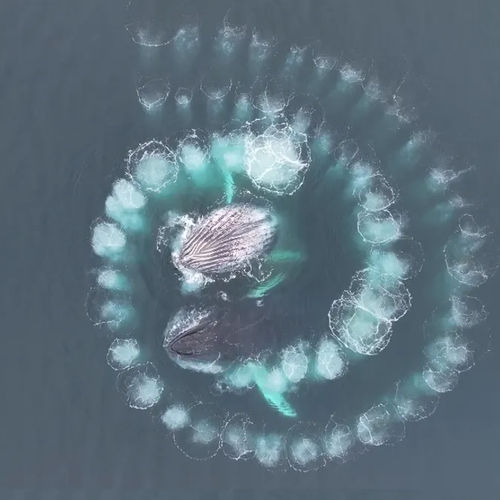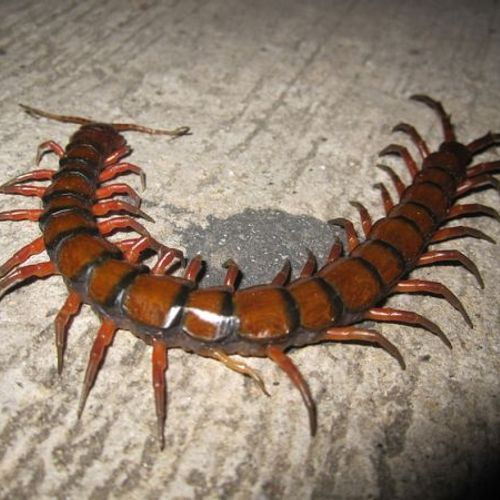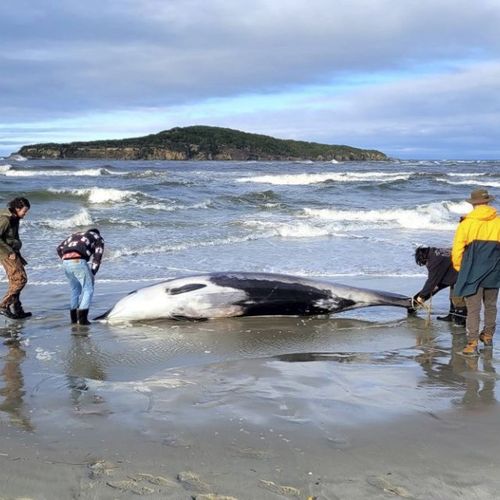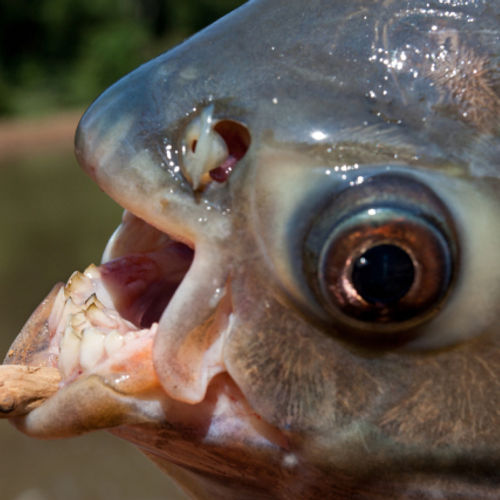
| Added | Fri, 12/01/2024 |
| Источники | |
| Дата публикации | Fri, 12/01/2024
|
| Версии |
Two humpback whales in Antarctica have shown a mesmerizing display of intelligence and coordination, creating a flawless network of bubbles and forming a Fibonacci spiral. The footage, taken by polar photographer Pete van den Bemd, demonstrates the amazing technique of feeding whales and highlights their exceptional abilities.
The bubble net feeding technique is a complex behavior used by humpback whales to catch prey. Whales dive below their target and release bubbles from their breathing holes, creating a trap that forces the fish closer to the surface of the water. This method, known as "swallowing feeding," allows whales to open their mouths and absorb everything in their path, including fish caught in a bubble net.
The intelligence required for such behavior is amazing. Timing, coordination, communication and teamwork are all vital components of a whale feeding strategy. In addition, studies have shown that this technique is learned rather than innate, indicating that not all humpback whale populations use this method.
A distinctive feature of the material captured by van den Bemd is the discovery that the pattern of the whale bubble network perfectly matches the Fibonacci spiral, also known as the golden spiral. This spiral is a geometric pattern that increases by a factor of φ, known as the golden ratio, with each quarter turn. The Fibonacci spiral is often found in nature: it is found in borates, fruits and vegetables. However, scientists have difficulty finding its confirmation in fossils.
"The shape of the Fibonacci spiral, executed perfectly, makes it incredible," van den Bemd said.
He added that observing this phenomenon was an unforgettable moment for him.
These unusual images not only demonstrate the beauty and complexity of humpback whale feeding behavior, but also highlight the amazing connection between mathematics and nature. The ability of these magnificent creatures to create such precise patterns demonstrates their intelligence and adaptability.
Scientists and experts were intrigued by how whales use the Fibonacci spiral. Dr. Jane Anderson, a marine biologist, explains:
"The presence of the Fibonacci spiral in the pattern of the bubble network suggests a deeper connection between mathematics and biology. This raises questions about how these whales perceive and interact with their environment."
The discovery of the Fibonacci spiral in a network of whale bubbles adds another layer of wonder to the already fascinating world of marine life. It serves as a reminder that the intricacies of nature are often deeper than we can imagine, and that we still have a lot to learn from the amazing creatures that inhabit our planet.
Новости со схожими версиями
Log in or register to post comments











